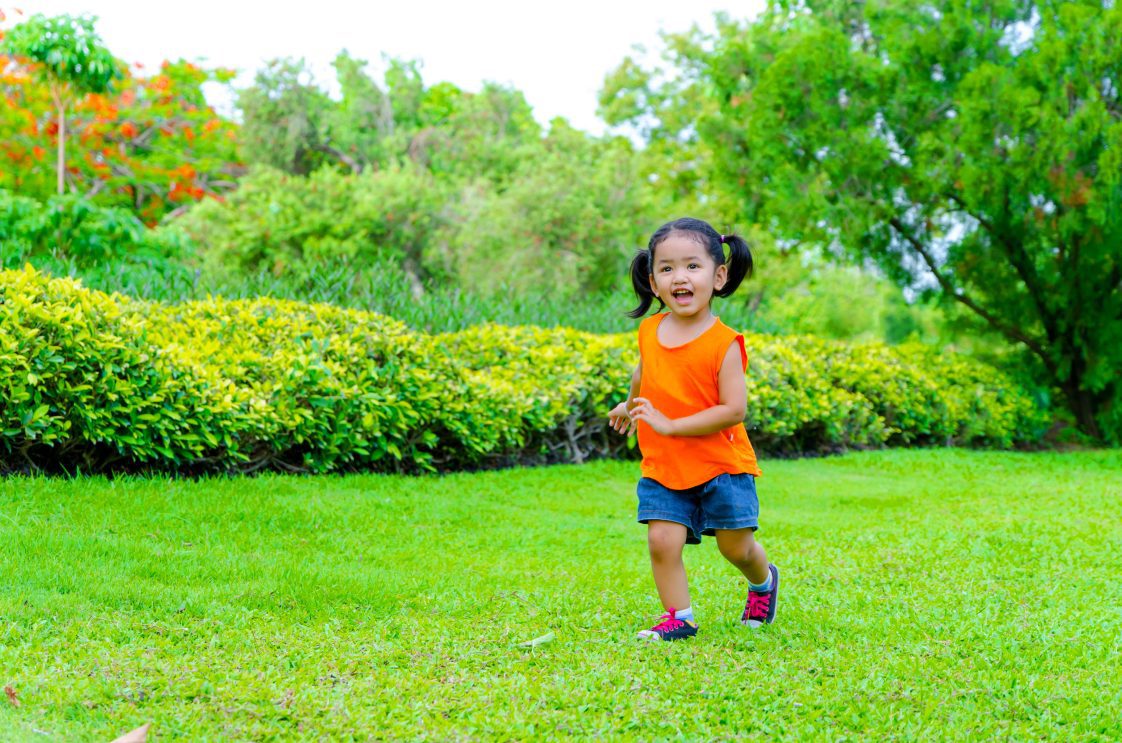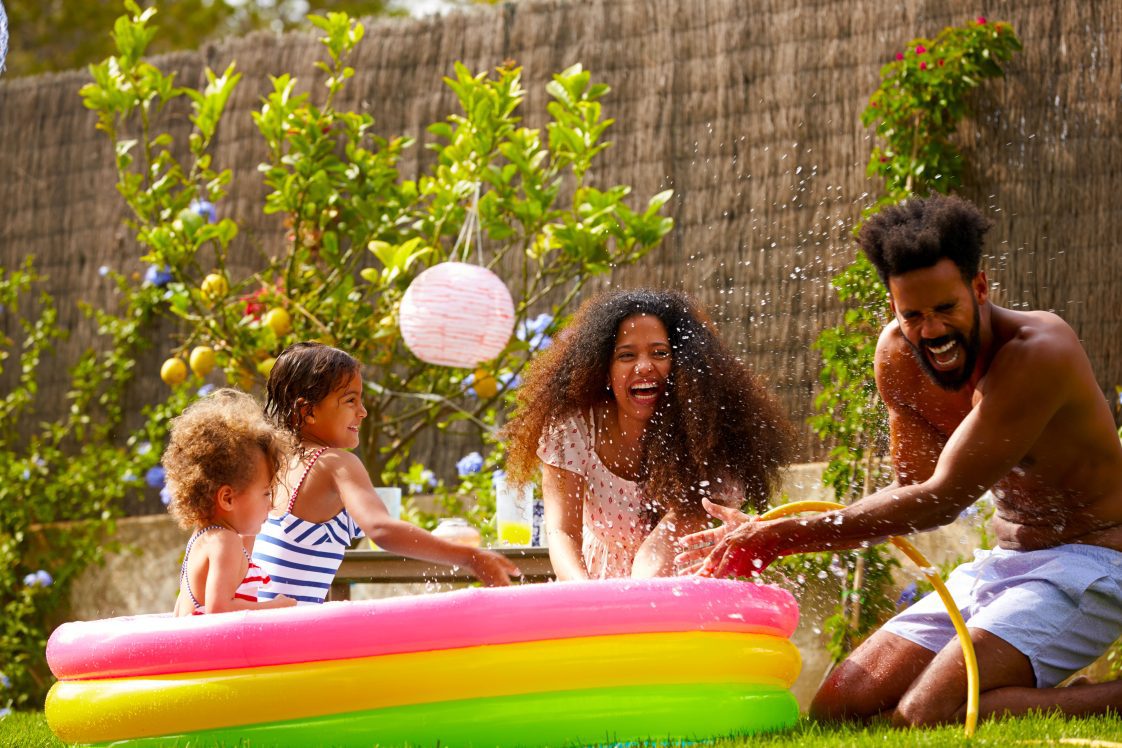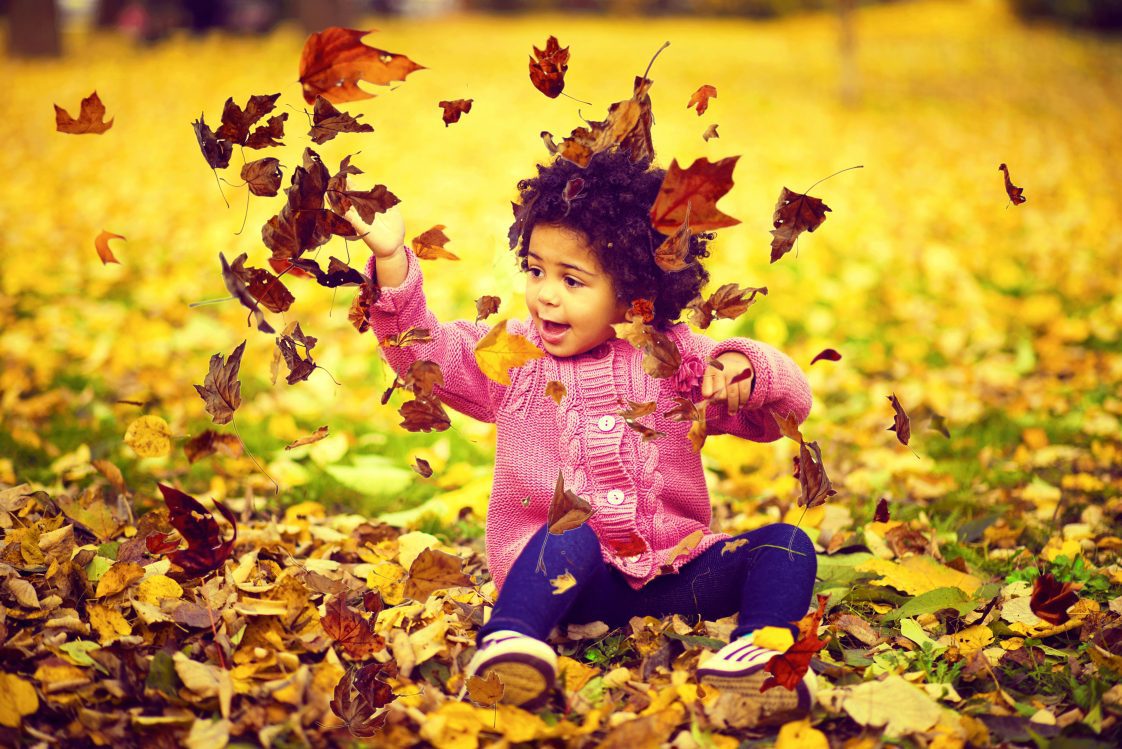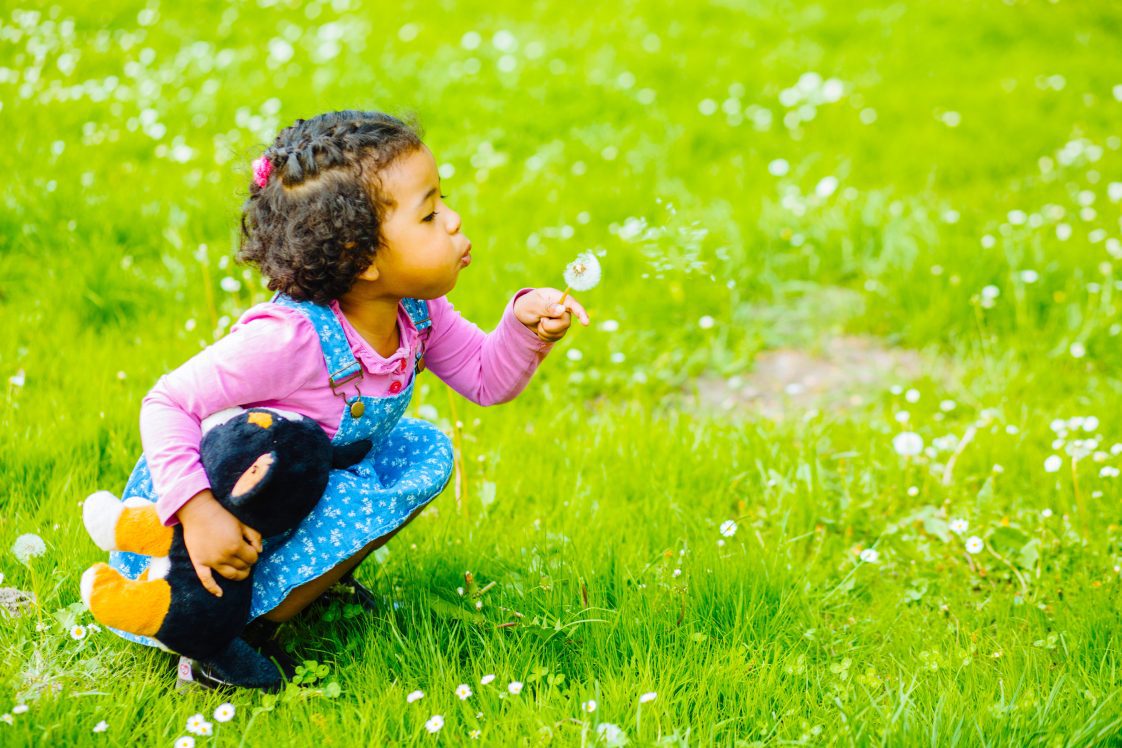Home & Family

This publication is the third in the early childhood development Let’s Play series. This publication introduces the Seven Cs of landscape design for outdoor play spaces.
The Seven Cs can be introduced slowly to enhance your play space for inclusive and challenging learning.
Many regulations guide us to safe play spaces. However, what makes a play space interesting to a young child? Here we present a concise overview of seven research-based characteristics of captivating play spaces developed by Susan Herrington, landscape architect, and her team. They worked with sixteen licensed child care centers and observed that children benefit physically, socially, and emotionally from these play spaces. Children could interact better and were less stressed individually and socially because they could choose spaces that fit what was happening and their mood. They also experienced an improvement in their thinking skills as a result of these specific play space characteristics, which enabled them to make better decisions for their own well-being.
The Seven Cs
- Clarity. A clear path or exit to and from a space
- Reduces possible conflict and lowers stress
- Change. The use of different materials and space sizes
- Allows children to interact with others and explore their feelings
- Chance. The ability for something to change
- Allows children to experience and understand change
- Context. The area around the play space
- Help start discussions about the world outside, such as the weather, the community, and the natural world
- Connectivity. Logical connection of physical elements in the play space
- Builds awareness of space and supports brain development
- Character. Different elements of the play space design
- Can help children learn classification skills and language
- Challenge. Opportunities for safe risks and challenges
- Children begin to learn how to assess risks and identify possible dangers
Adding Elements of Choice & Discovery
 CLARITY
CLARITY
Does anything interfere with the potential for play? Is there a blockage in the space? Is it noisy? A space that is ready for play is relatively free of barriers, including rules about what a child should do.
CHANGE
Does the space change with the seasons or the time of day? For example, do plants grow or lose their leaves? Do shadows move? Can the child change the space, for example, by moving something? Can they change and move from shade to sun or from being with people to being more alone?
CHANCE
Could rain fall on their heads? Allowing for the unexpected is interesting, and in a safe space, children can learn by making their own choices. Don’t overcontrol.
Play Space as Curriculum
Children learn as they move through play spaces. The play space becomes a curriculum!
Children learn pre-math skills as they organize big and small things. They learn to put things together, stacking and sorting and piling up things. They put “lots and lots” together, so they learn pre-math concepts like “part of” or “many and few.”
Play spaces teach children how to use their bodies, and this strengthens their brains. Moving around helps children’s bodies and brains be calmer because the back part of the brain (cerebellum) is being stimulated. The back part of the brain is responsible for coordination, sleep, and body rhythms.
Children learn social skills, too, when they play with others, especially if they can choose when to be together and when to be alone.
Applying Clarity, Change & Chance by Thinking about Texture
We think of texture in fabrics, but the texture in a play space refers to variety in how things feel, what you touch, the sounds you hear, the different sizes of things, and how much sunlight or shelter there is.
Close your eyes and listen to the sound texture of the play space. Are there faraway sounds? Insects? Sounds from inside? Texture makes a place interesting and unpredictable.
Texture is a quality that introduces change to many senses. How much texture is too much? Some children need less texture—some want lots.
Enhancing Spaces with Context & Connection
 When you walk into a living room or a park, you know right away whether you like it. This is the character of a space. Is your play space inviting and comfortable? Does it have shade, variety, and interesting texture? Is it fun, and are there things to discover? Are there places to sit, run, or work alone or in groups? Many official playgrounds only have one piece of equipment, which has been tested for safety for all children and uses. Your backyard can have more variety. Think about the MMOR concept (modern, modular, organic, reuse). Can you leave some parts unfinished? Can you reduce the space taken by modular equipment? Can you have more organic (natural) material? Can you provide rules or guidance so your children can safely experience play with the characteristics of the real world? When you provide a variety of character features, play helps teach a child how to be comfortable in outdoor spaces and with their bodies. Use the principles of context and connectivity to help you enhance the play space.
When you walk into a living room or a park, you know right away whether you like it. This is the character of a space. Is your play space inviting and comfortable? Does it have shade, variety, and interesting texture? Is it fun, and are there things to discover? Are there places to sit, run, or work alone or in groups? Many official playgrounds only have one piece of equipment, which has been tested for safety for all children and uses. Your backyard can have more variety. Think about the MMOR concept (modern, modular, organic, reuse). Can you leave some parts unfinished? Can you reduce the space taken by modular equipment? Can you have more organic (natural) material? Can you provide rules or guidance so your children can safely experience play with the characteristics of the real world? When you provide a variety of character features, play helps teach a child how to be comfortable in outdoor spaces and with their bodies. Use the principles of context and connectivity to help you enhance the play space.
Context
How does the play space fit into the bigger world? Can you see trees beyond or a neighbor’s house from inside the play space? Or is there a wall or fence that limits your view? Having context helps children situate themselves in space.
Connected
Connectivity is a design principle that means the elements are connected. Inside your house, for example, your sofa is next to a table—it is connected by the way you use it. You would not put the table across the room from the sofa. Outside, in your child’s play space, think about the way you walk or move around the space. Are there places or things that are connected or that help draw you somewhere? Is a water tap next to where you store buckets and a sandbox? Can you make the space easier to use by connecting features in it?
Adapt with MMOR
Use the MMOR abbreviation (modern, modular, organic, re-use) as a checklist to help you think about how to use what you have to enhance the play space.
MODERN
The traditional way is to finish things for the child; the modern way is to let them understand how things are put together. What are children allowed to put together, take apart, or move around in the play space? Is there only one way to put things together? Hint: many manufactured toys either cannot be taken apart or are designed to be taken apart in only one way—they are more like a puzzle than an open tool kit. Are there too many rules?
MODULAR
Is most of the play space taken up with one item, such as play equipment? Can you create more variety? Can you create zones for different kinds of play?
ORGANIC
Are there natural materials? Can children interact with natural items, such as rocks, plants, gravel, sand, or wood?
RE-USE
Is the space repurposed? We can make many real-world spaces child friendly by adding to or changing what is in the space without making it only for children. This helps them explore natural spaces, like a driveway that doubles as a basketball court (when cars cannot use it, of course) or other real-world spaces suited to the children’s ages.
 Your Role
Your Role
- Make outdoor play interesting and show your interest by being in the space too.
- Your attitude to being outside will teach your child about the outside world: Are you uncomfortable? Do what you enjoy, and your child will enjoy it along with you. If you like to read outside, then also make a comfortable reading space for your child, too.
- Let the play space be the curriculum—make a space your children can move around in. The more they make decisions, the more they learn, and the more their confidence grows.
- Being outdoors is helpful in so many ways—enjoy it!
Additional Resources
EXTENSION RESOURCES
- School Readiness Series on the Alabama Extension website at www.aces.edu:
- Parents Get Ready! FCS-2557
- Children Get Ready! FCS-2558
- Overview, FCS-2556
- BEE-ginnings (Begin Education Early, No. 1–9)
- Important topics for supporting preschoolers
- Parenting newsletters: Just in Time Parenting series (www.jitp.info) that provides developmentally appropriate tips for parenting young children from prenatal to age 5.
- Todos los materiales están también en español www.jitp.info/es. (These materials are also available in Spanish.)
FOR EDUCATORS
- Read more about creating inclusive play spaces for all children from the Division for Early Childhood of the Council for Exceptional Children: Environment: Promoting Meaningful Access, Participation and Inclusion
- For more research information:
- Herrington S, Lesmeister C, Nicholls J, and Stefiuk, K. 2007. An informational guide to young children’s outdoor play spaces, Seven Cs. Consortium for Health, Intervention, Learning and Development (CHILD). https://sala.ubc.ca/sites/sala.ubc. ca/files/documents/7Cs.pdf
 Silvia L. Vilches, Extension Specialist, Assistant Professor, Family and Child Development, Auburn University
Silvia L. Vilches, Extension Specialist, Assistant Professor, Family and Child Development, Auburn University
New February 2024, Let’s Play: Seven Cs of Play Spaces, FCS-2751
This publication was supported by an Auburn University Research Grant for the SaPHIRE project (Starting Physical Health Intervention Really Early).
The Seven Cs guidelines for outdoor play spaces was developed by Susan Herrington and her students at the University of British Columbia, Canada. https://sala.ubc.ca/sites/sala.ubc.ca/files/documents/7Cs.pdf. The research aims to help people design outdoor play spaces that support the development of young children and to integrate the unique qualities of playing outdoors. Here, we have adapted the Seven Cs for Alabama child care providers.

